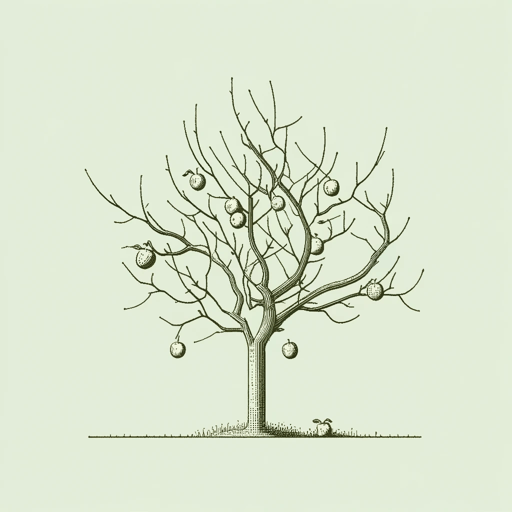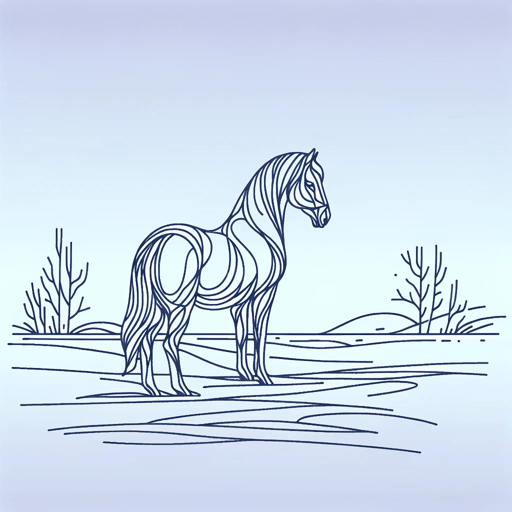19 pages • 38 minutes read
Robert FrostFire and Ice
Fiction | Poem | Adult | Published in 1920A modern alternative to SparkNotes and CliffsNotes, SuperSummary offers high-quality Study Guides with detailed chapter summaries and analysis of major themes, characters, and more.
Background
Literary Analysis
A contemporary of W. B. Yeats, Ezra Pound, Wallace Stevens, and T. S. Eliot, Robert Frost’s work relies on cognitive order, dramatic tension, and extreme clarity, which many readers dismiss. While Yeats regarded Frost’s work as some of the best to emerge from America, Pound was critical of Frost’s work, deeming it too sincere. In turn, Frost became critical of Pound’s influence at the time. After World War I, Frost suffered from illness, financial loss, and the death of his friend and fellow poet Edward Thomas, who died in the war in the trenches of France. The years of hardship made Frost’s life painful. Frost also believed that art was the only true way for humankind to understand its own affairs, and he admired people who stood out distinctively in history.
Unlike much of Frost’s work, “Fire and Ice” does not have a pastoral setting; he often used rural settings as metaphors for his philosophical views of the world. Instead, “Fire and Ice” captures Frost’s dark view of not only himself, but a view also influenced by his suspicions of the social activism evident in New Deal policies. A staunch Democrat, Frost felt that the liberalism of the time lacked people of deep conviction, believing that taking a stance in arguments was representative of one’s character.
Related Titles
By Robert Frost

Acquainted with the Night
Robert Frost

After Apple-Picking
Robert Frost

A Time To Talk
Robert Frost

Birches
Robert Frost

Mending Wall
Robert Frost

Nothing Gold Can Stay
Robert Frost

October
Robert Frost

Once by the Pacific
Robert Frost

Out, Out—
Robert Frost

Putting in the Seed
Robert Frost

Stopping By Woods On A Snowy Evening
Robert Frost

The Death of the Hired Man
Robert Frost

The Gift Outright
Robert Frost

The Road Not Taken
Robert Frost

West-Running Brook
Robert Frost
Featured Collections
Climate Change Reads
View Collection
Hate & Anger
View Collection
Order & Chaos
View Collection
Poems of Conflict
View Collection
Safety & Danger
View Collection
School Book List Titles
View Collection
Short Poems
View Collection
Teams & Gangs
View Collection
The Best of "Best Book" Lists
View Collection

